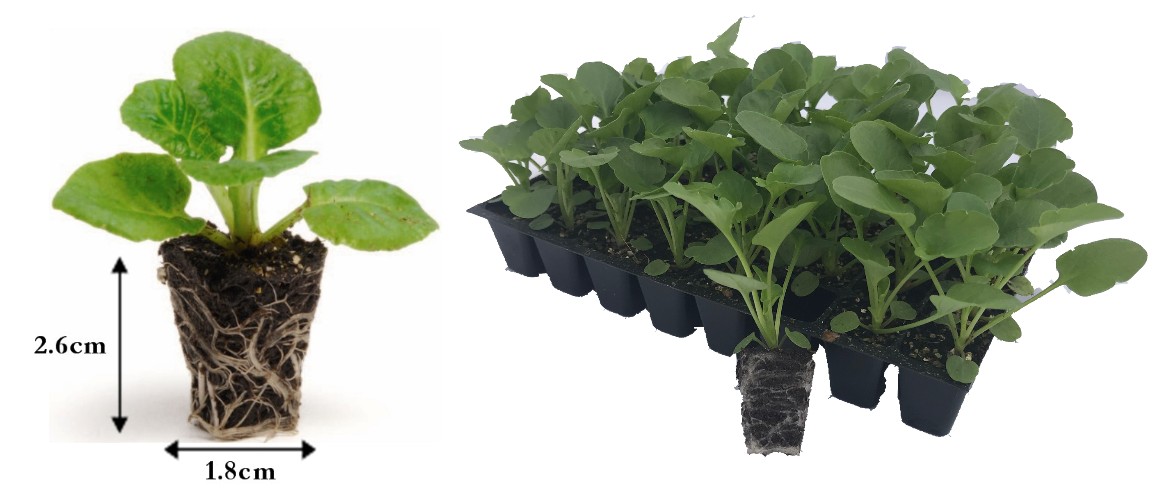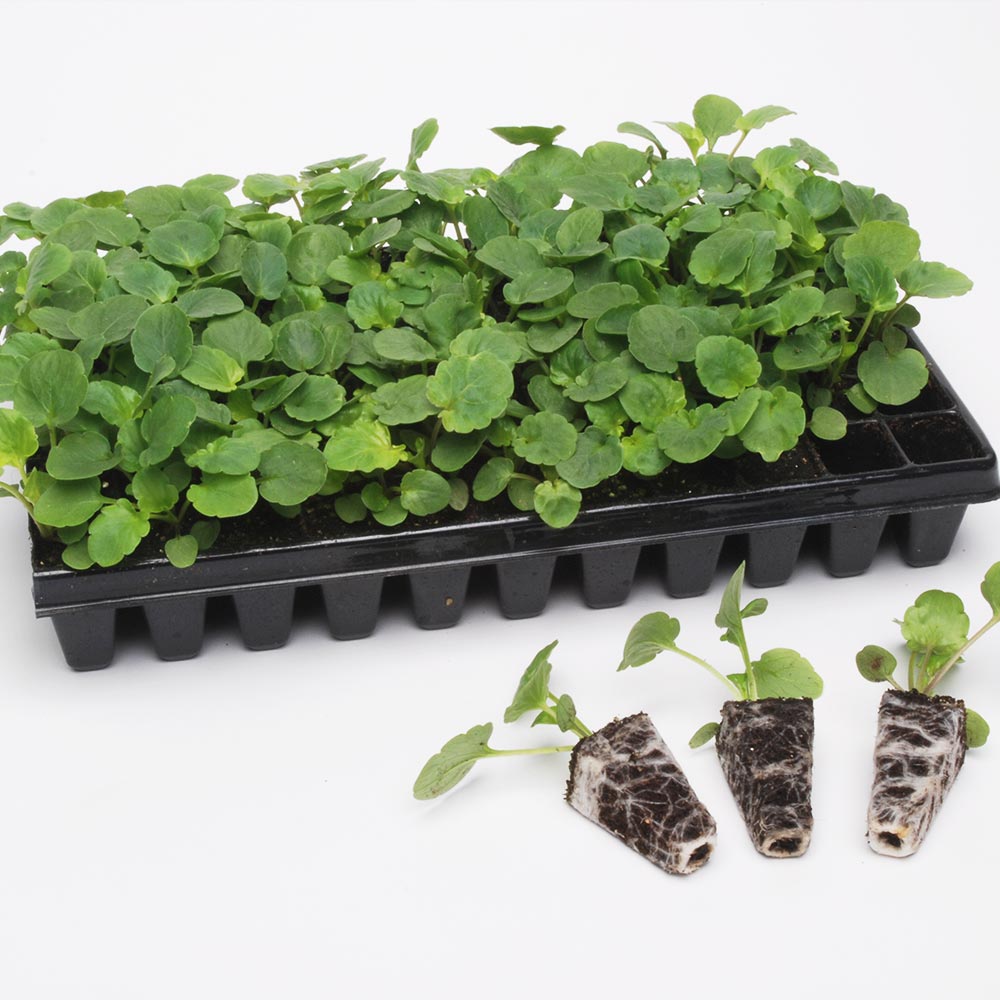Get Your Summer Garden Off To A Great Start With Plug Plants
Introduction
Summer is a great time to start a garden, and plug plants are a great way to get your garden off to a good start. Plug plants are young plants that have been grown in a nursery and are ready to be planted in your garden. They are more established than seedlings, which means they are less likely to die when you plant them.
In this blog post, I will discuss the benefits of using plug plants, how to choose the right plug plants for your garden, and how to plant and care for them. I will also share some tips for getting the most out of your summer garden.
Benefits of Using Plug Plants
There are many benefits to using plug plants in your garden. Here are a few of the most important benefits:
- Plug plants are more established than seedlings. This means that they are less likely to die when you plant them. They also have a better chance of surviving hot weather and pests.
- Plug plants save time. You don't have to start them from seed, which can take several weeks or even months. You can simply buy them from a nursery and plant them right away.
- Plug plants give you a head start. They will start flowering or fruiting sooner than seedlings, which means you will have more enjoyment from your garden sooner.
- Plug plants are more uniform. They are all the same size and have the same root system, which makes it easier to plant them and care for them.
How to Choose the Right Plug Plants
When choosing plug plants for your garden, there are a few things you need to keep in mind. First, you need to consider the climate in your area. Some plants are more suited to warm climates, while others are more suited to cool climates.
Second, you need to consider the amount of sunlight your garden gets. Some plants need full sun, while others can tolerate partial shade.
Third, you need to consider the size of your garden. If you have a small garden, you will need to choose smaller plug plants.
Finally, you need to consider the type of plants you want in your garden. Do you want flowers, vegetables, or herbs?
How to Plant and Care for Plug Plants
Once you have chosen your plug plants, it is time to plant them. Here are the steps on how to plant plug plants:
- Prepare the soil. The soil should be loose and well-drained. If the soil is too heavy, add some compost or sand to improve drainage.
- Dig a hole that is the same size as the plug plant's root ball.
- Place the plug plant in the hole and backfill with soil.
- Water the plant well.
Here are some tips for caring for plug plants:
- Water the plants regularly, especially during hot weather.
- Fertilize the plants every few weeks with a balanced fertilizer.
- Mulch around the plants to help retain moisture and suppress weeds.
- Protect the plants from pests and diseases.
Conclusion
Plug plants are a great way to get your summer garden off to a good start. They are more established than seedlings, which means they are less likely to die when you plant them. They also save time and give you a head start on the growing season.
If you are planning to start a summer garden, I encourage you to use plug plants. They are a great way to ensure that your garden is a success.
Are you looking for a way to add some color and beauty to your garden this summer? If so, you should consider planting summer plug plants. Summer plug plants are small, young plants that are grown in individual containers. They are a great way to get a head start on your garden, and they can be planted in the ground as soon as the weather warms up.
There are many different types of summer plug plants to choose from, so you can find the perfect ones to fit your needs. Some popular options include tomatoes, peppers, cucumbers, eggplants, and herbs. Summer plug plants are also a great way to add some variety to your garden. If you're looking for something a little different, you can try planting some sunflowers, zinnias, or marigolds.
No matter what type of summer plug plants you choose, you're sure to enjoy the beautiful results. And if you need more information about how to care for your summer plug plants, you can always visit Garden Wiki.
FAQ of summer plug plants
1. What are summer plug plants?
Summer plug plants are young plants that are grown in small pots or cells, called plugs. They are typically 2-8 centimeters tall and have a well-developed root system. Summer plug plants are a great way to get a head start on your summer garden, as they will already be well-established when you plant them out.
2. What are the benefits of using summer plug plants?
There are several benefits to using summer plug plants. First, they give you a head start on your summer garden. Second, they are less likely to be damaged by pests and diseases than seedlings. Third, they are easier to transplant than seedlings.
3. When should I plant summer plug plants?
The best time to plant summer plug plants depends on your climate. In general, you should plant them after the last frost date. However, if you live in a warm climate, you may be able to plant them earlier.
4. How do I care for summer plug plants?
Once you have planted your summer plug plants, you need to care for them properly. Water them regularly, fertilize them every few weeks, and protect them from pests and diseases.
5. What are some popular summer plug plants?
Some popular summer plug plants include:
- Begonias
- Calibrachoa
- Cosmos
- Fuchsias
- Geraniums
- Impatiens
- Petunias
- Salvias
- Verbenas
Image of summer plug plants
- Salvia is a beautiful summer-blooming plant that comes in a variety of colors, including red, pink, purple, and white. It is a great choice for borders, containers, and hanging baskets.

- Petunias are another popular summer-blooming plant that comes in a wide range of colors. They are easy to care for and make a great addition to any garden.

- Begonias are a versatile plant that can be grown in sun or shade. They come in a variety of colors and sizes, making them a great choice for any garden.

- Geraniums are a classic summer-blooming plant that is known for its bright colors and hardy nature. They are a great choice for containers, borders, and hanging baskets.

- Sunflowers are a cheerful summer-blooming plant that is sure to add a pop of color to your garden. They are easy to grow and can reach heights of up to 10 feet.

Post a Comment for "Get Your Summer Garden Off To A Great Start With Plug Plants"